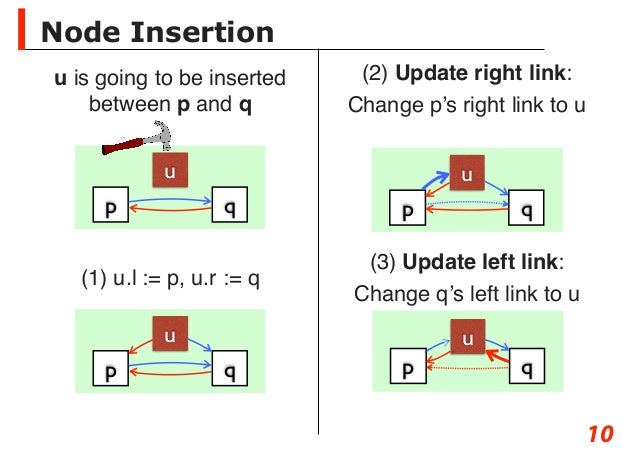
That means every newly inserted element is pointed by top. Printf("\n\nChose one from the below options. In linked list implementation of a stack, every new element is inserted as top element. The next node of the head node now becomes the head node.

For this purpose, assign the address of the starting element to the address field of the new node and make the new node, the starting node of the list. If there are some nodes in the list already, then we have to add the new element in the beginning of the list (to not violate the property of the stack).This includes assigning value to the data part of the node and assign null to the address part of the node. If the list is empty then the item is to be pushed as the start node of the list.

Create a node first and allocate memory to it.In order to push an element onto the stack, the following steps are involved. Pushing an element to a stack in linked list implementation is different from that of an array implementation. Adding a node to the stack (Push operation)Īdding a node to the stack is referred to as push operation. Lets discuss the way in which, each operation is performed in linked list implementation of stack.

The top most node in the stack always contains null in its address field. Stack is said to be overflown if the space left in the memory heap is not enough to create a node. Each node contains a pointer to its immediate successor node in the stack. In linked list implementation of stack, the nodes are maintained non-contiguously in the memory. However, time complexity in both the scenario is same for all the operations i.e. Linked list allocates the memory dynamically. Instead of using array, we can also use linked list to implement stack. Next → ← prev Linked list implementation of stack


 0 kommentar(er)
0 kommentar(er)
